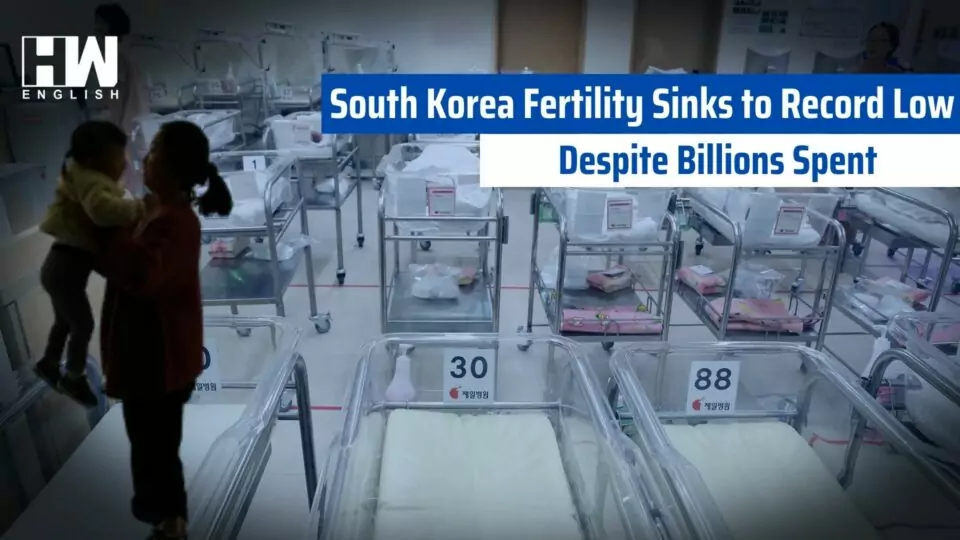South Korea’s fertility rate plunged to a record low of 0.72 in 2023, down from 0.78 in 2022. This marks the world’s lowest fertility rate for the sixth straight year, defying billions spent to reverse the trend as the population declined for a fourth consecutive year.
Also Read: “I’m Not Resigning”: Himachal CM Sukhvinder Singh Amid Political Crisis
The rate refers to the average expected number of babies per South Korean woman during reproductive age. Since 2018, South Korea remains the only OECD nation with a sub-1.0 fertility figure.
The free-falling fertility has become a national priority, with the government vowing “extraordinary measures” last December to tackle this existential threat. All major parties promised more public housing and easier loans before the April elections to stem population decline.
Over $270 billion has been spent on childcare subsidies and related incentives since 2006, with little impact on fertility rates.
With marriage seen as a prerequisite for parenthood here, declining rates are also blamed – high costs being the critical deterrent.
Seoul recorded the nation’s lowest rate in 2022, at 0.55.
South Korea isn’t alone, though. Neighbouring Japan’s 2022 fertility figure hit a record low of 1.26, while China’s was 1.09.
South Korea projects the rate could fall further to 0.68 in 2024. The population decline and rapidly ageing demographic pose a demographic time-bomb for policymakers.
With recession, inflation and youth unemployment dampening marriage and baby plans, bold across-the-board measures are needed to reverse this existential crisis. All parties’ focus on the population crisis shows the alarming urgency of the situation.
As an independent media platform, we do not take advertisements from governments and corporate houses. It is you, our readers, who have supported us on our journey to do honest and unbiased journalism. Please contribute, so that we can continue to do the same in future.

